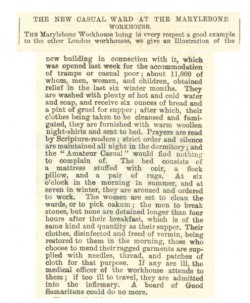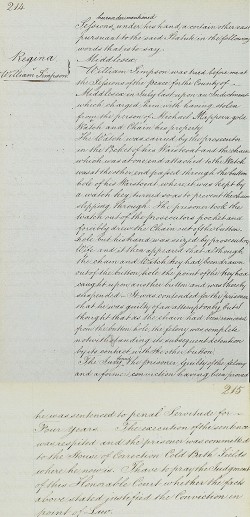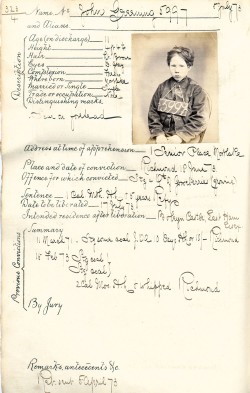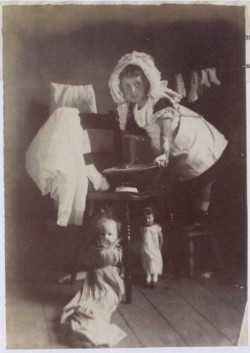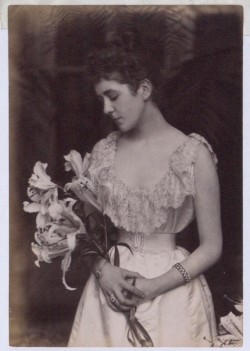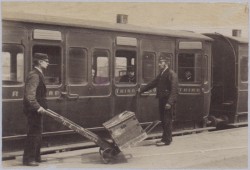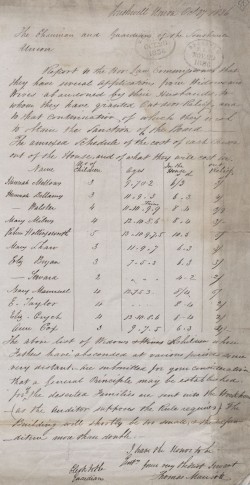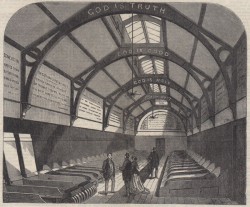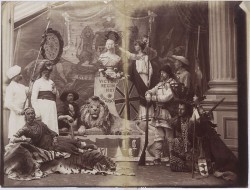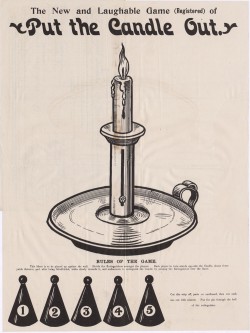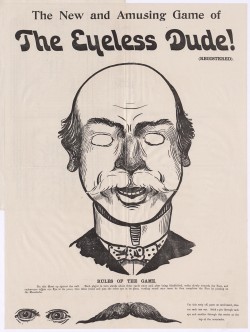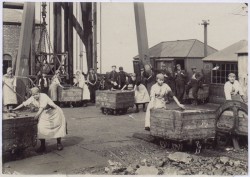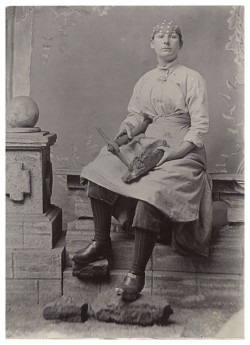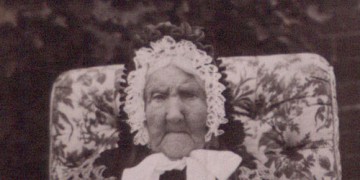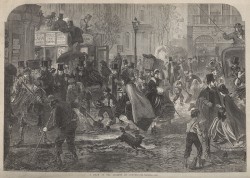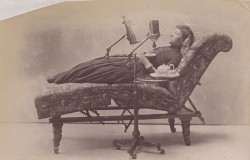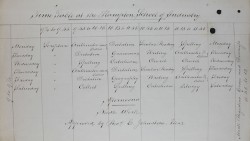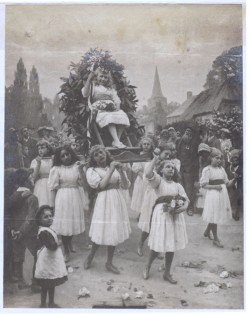
Download documents and transcripts
Teachers' notes
This collection of documents relating to the lives of the Victorians is aimed at any teacher or student engaged in a local study of the Victorian period. The sources could be used to help provide a sense of period and show pupils the type of sources they may encounter when looking at material in their local archive, museum or record office. The collection includes pictures, drawings, maps, photographs, advertisements, reports, census pages, letters and newspaper extracts. The entire collection plus transcripts can be downloaded as a zip file, to make them easy for you to use in the classroom.
These documents can be used alongside our interactive Victorians website which also contains a huge number of sources on the period from The National Archives and objects from Victoria and Albert Museum. It would be helpful for the pupils to watch the opening video in Start Here on our Victorians website before looking at the sources to get the most out of the questions and activities as well as looking at general guidance questions below on how to evaluate and understand documents.
- What type of document is it? (letter, report, photograph or newspaper)
- Can you find a date?
- What is the document saying?
- Check the meaning of any words you are unsure about
- What names appear in the document?
- Does the document show the writer’s opinions/values?
- Are there any clues about the intended audience for the document?
- Why was the document written?
- Does it have any limitations?
- Does it link to other documents in the group?
- Does it share the same ideas, attitudes and arguments?
- How would you explain any differences between these documents?
Teachers may want to break their class up into groups and get students to feed back on a selection of documents and/or annotate them at the white board. Others may wish to introduce pupils to these documents to create a wider enquiry question of their own, for example on the role of women, the lives of rich and poor or childhood in Victorian times.
Alternatively, teachers may wish to use the collection to develop their own resources or encourage students to ‘curate’ their own ‘exhibition’ of the most significant sources on the Victorian period.
Finally, for more suggestions on how to carry out a local study use our video guidance in the Victorians website.
Connections to the curriculum
Key stage 2
Local history study
For example:
• a study over time tracing how several aspects national history are reflected in the locality (this can go beyond 1066)
• a study of an aspect of history or a site dating from a period beyond 1066 that is significant in the locality
• a study of an aspect or theme in British history that extends pupils’ chronological knowledge beyond 1066
Key stage 3
Local history study
For example:
• a depth study linked to one of the British areas of study
• a study over time, testing how far sites in their locality reflect aspects of national history (some sites may predate 1066)
• a study of an aspect of history or a site dating from a period before 1066 that is significant in the locality
Tasks
1. What do any of these sources tell us about the lives of adults (a) rich (b) poor?
2. What do some of the sources show us about the lives of Victorian children on the following topics: education; work; home; play?
3. Can you find any evidence from the sources if the government cared about the poor?
4. What sources are useful for finding out about the British Empire and what the Victorians thought about it?
5. Do any of the sources give us clues about the difficulties people might have had with travel or transport?
6. Use the sources to find out how the Victorians enjoyed themselves
7. Which sources are useful to find out how clothing for women and children has changed from Victorian times?
8. Print out the sources and sort them into different themes/topics. Explain how the sources are connected within your themes. Compare and discuss your choices with those of a friend
9. Print out the sources and sort them into different types of source, for example, photos, drawings, letters or drawings. Have a class discussion on the advantages and disadvantages of working with each type of source
10. Which do you think is the most interesting source in the whole collection here? Make your case to the rest of the class
11. Can you draw any conclusions about Victorian values and attitudes from the sources? Do we see the world differently to them? Explain your answer
External links
- Victorian lives on Pinterest
Come face to face with the Victorians on Pinterest - Census records
These records for England and Wales from 1841 to 1911 are available online through partners of The National Archives. It is free to search their websites, but there is a charge to download documents - English Heritage
Search the extensive photographic collection by date, theme or location - Find an archive
